Opening of the exhibition of Pharaonic Egypt in Brussels under the auspices of the Queen of Belgium

- Europe and Arabs
- Thursday , 30 March 2023 15:58 PM GMT
Brussels: Europe and the Arabs
Under the auspices of the Queen of Belgium, the "Pharaonic Egypt" exhibition opens this evening, March 30, inside the Museum of Art and History in the capital, Brussels, in the presence of government figures, specialists in history and antiquities, a number of academics and symbols of Belgian society, as well as the Egyptian ambassador to Brussels, Dr. Badr Abdel-Aty.
The exhibition will open its doors to the public as of tomorrow, Friday, March 31, and will continue until early October.
And the museum published on its website, saying, "Take a tour around the world through history! At the Museum of Art and History in Brussels, you can walk from prehistoric axes to Egyptian mummies." Adding, "The exhibition" Expedition Egypt "tells the story of two centuries of wonderful archaeological discoveries in the land of the Pharaohs and the establishment of the Egyptian collection in the museum. The exhibition brings together about two hundred pieces from its famous Egyptian collection. Among the most prominent signs in the exhibition are coffins richly decorated from the priestly seal of Deir el-Bahari and the Book of the Dead of Her Majesty Neferrenepet. Beautifully illustrated.
In addition, a slew of fine pieces from the collection will be on display for the first time. Objects such as funerary stelae, canopic vases for the entrails of the deceased, and dill figurines that accompanied the dead in the afterlife guide visitors through the Egyptian realm of gods and eternal life. Finally, the exhibition is also stocked with unique historical photography material.
In the nineteenth century, the Belgian diplomatic and industrial circles took a lively interest in Egypt's past, which then occupied an important place in international politics and the world economy. The first Egyptian objects in the museum were mainly royal and private gifts. In the first decades of the twentieth century, the ambitious and flamboyant Egyptologist Jean Cabart played an invaluable role in expanding and developing the body of scientific research. Thanks to Cabarte's many initiatives, Brussels was at one time considered the world capital of Egyptology. After nearly two hundred years of deep interest in ancient Egypt, the Museum of Art and History manages an exceptionally rich Egyptian collection that is considered one of the best European museums.
This journey through time is completed in several places with artistic interventions through Sarah Salam's photographs (1991, Cairo). The artist explores the Egyptian cultural identity today and questions the history and legacy of Egyptology. Childhood memories, archaeological resources, and museums inspire Sara Salam's work, which offers a fresh look at the heritage of ancient Egypt.
Exhibition under the high patronage of Her Majesty Queen Matilda, wife of King Philip
The exhibition is the final part of the research project Pyramids & Progress, Belgian Expansion and the Making of Egyptology 1830-1952 (EOS, FWO-FNRS) and Project Sura, opening the photographic archives of the pioneering years of Egyptology at the Royal Museums of Art and History in Brussels (Belsbo). The work continues 101 years after the discovery of Tutankhamun's tomb and coincides with the centenary of Queen Elizabeth's Egyptology Foundation.
The opening of the exhibition comes days after a visit by Queen Matilda of Belgium, accompanied by the heir to the throne, to Egypt, where the celebration took place in the Pharaonic museums of the 100th anniversary of the royal visit paid by Queen Elizabeth of the Belgian ruling family to Egyptian antiquities.
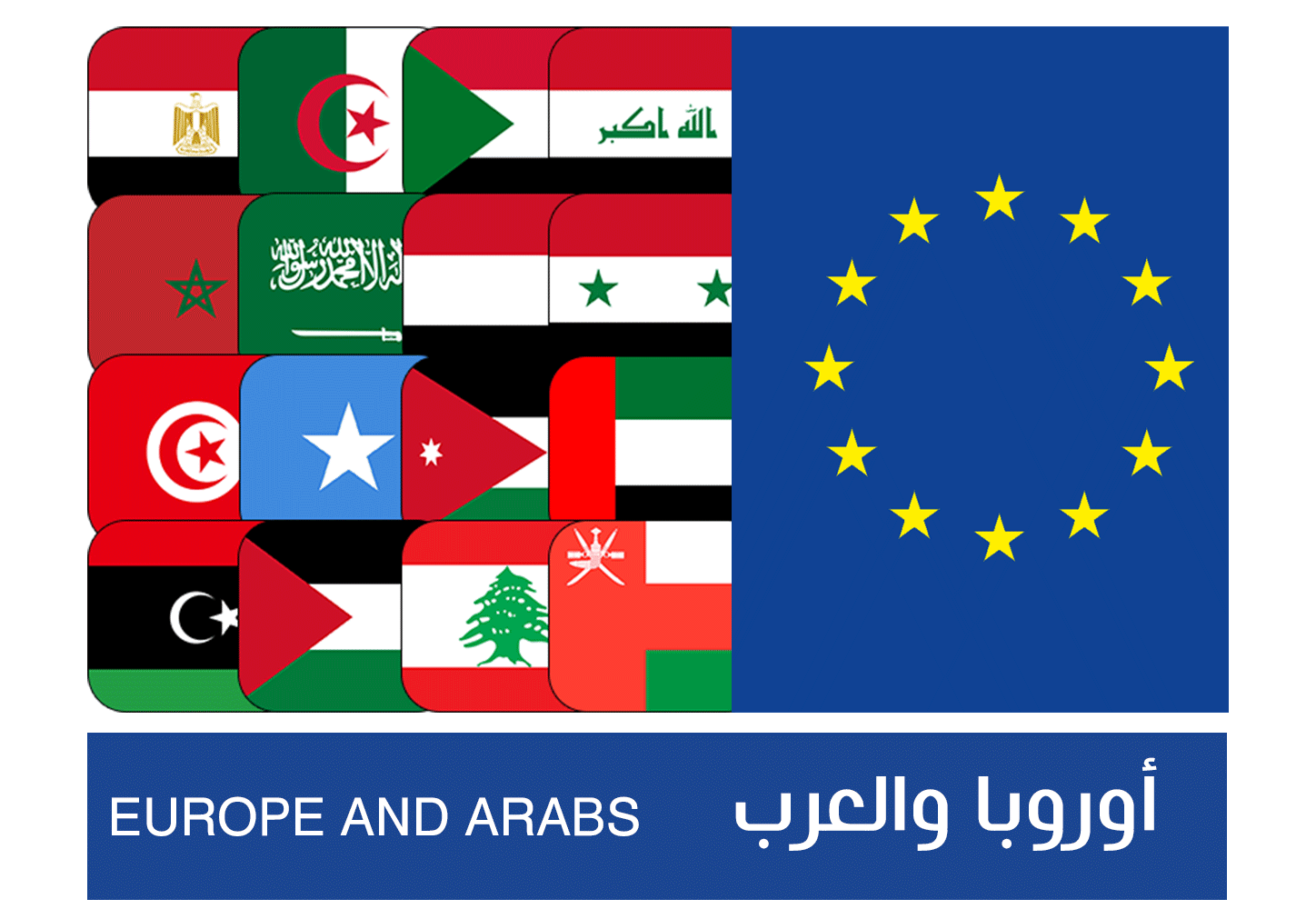

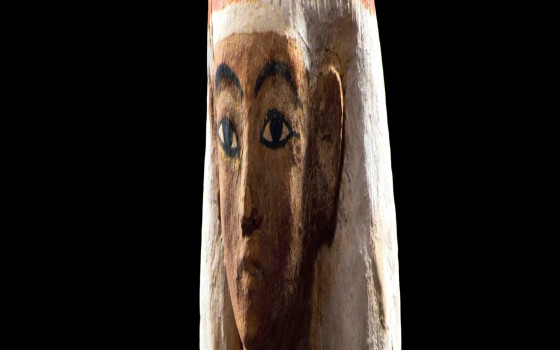
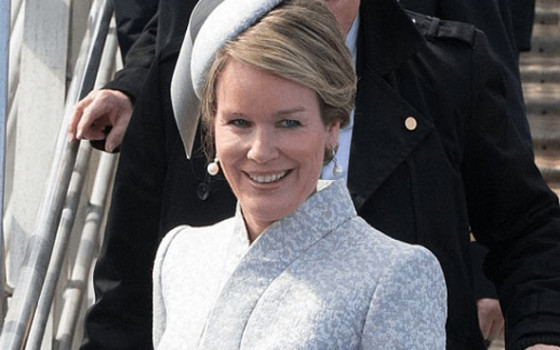


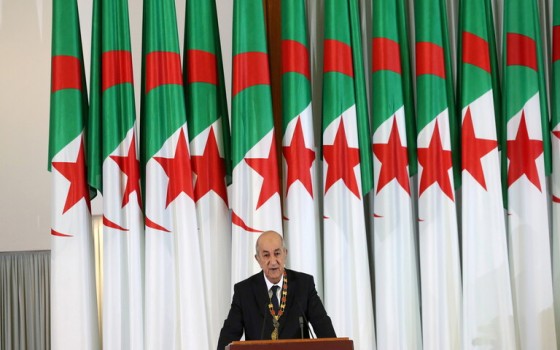
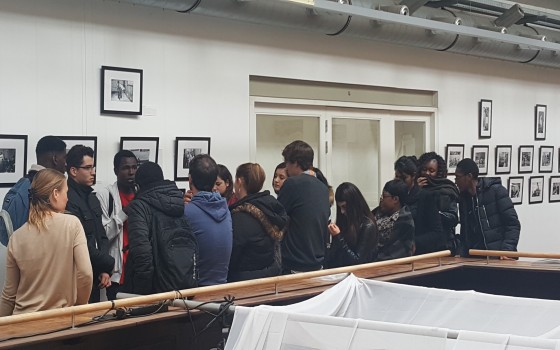
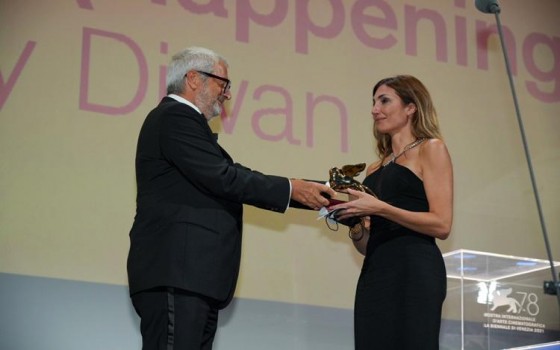

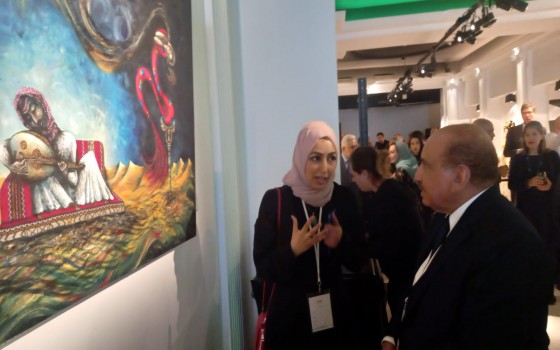


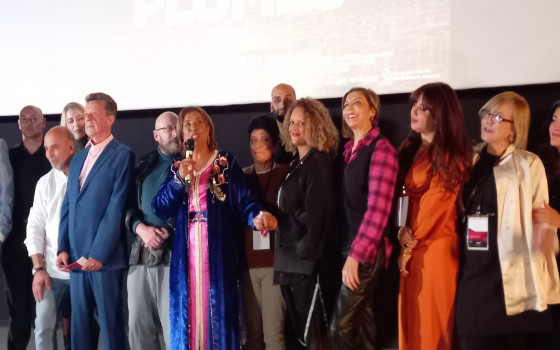
No Comments Found